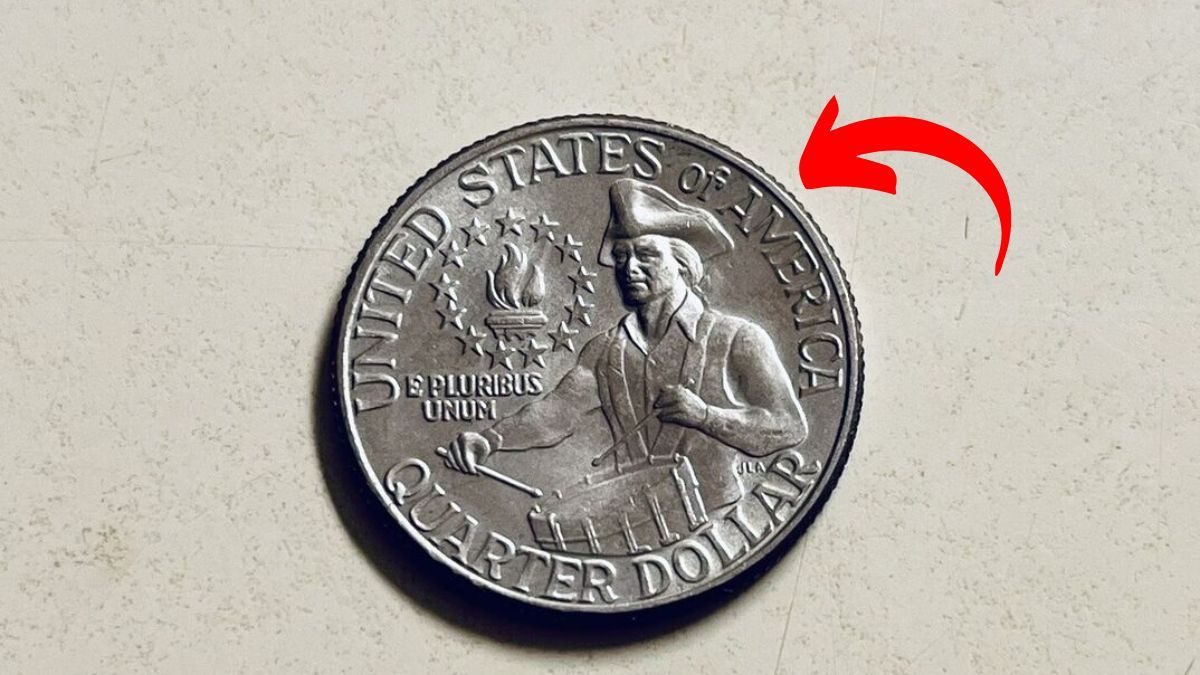The Lincoln Wheat Penny, one of the most iconic coins in U.S. history, has captivated numismatists and collectors alike. While most wheat pennies are worth little more than their face value, one rare and legendary piece has reached an astonishing valuation of $117 million. This article delves into the story behind this extraordinary coin, its characteristics, and why it’s still out there waiting to be discovered.
What Is the Lincoln Wheat Penny?
The Lincoln Wheat Penny, also known as the “Wheat Cent,” was minted from 1909 to 1958. Designed by Victor David Brenner, it was the first U.S. coin to feature a real person’s likeness, namely President Abraham Lincoln. The reverse side showcases two wheat stalks, symbolizing prosperity. This design was replaced in 1959 with the Lincoln Memorial reverse.
The Rare $117 Million Wheat Penny
The jaw-dropping valuation of $117 million is attributed to a unique 1943-D bronze Lincoln Wheat Penny. Here are the specifics of this coin:
- Year: 1943
- Mint Mark: D (Denver Mint)
- Composition: Bronze (instead of the standard steel)
- Weight: Approximately 3.11 grams
- Diameter: 19 millimeters
- Edge: Plain
Why Is It So Valuable?
The 1943-D bronze wheat penny owes its value to a rare minting error. During World War II, the U.S. Mint transitioned to using steel for pennies to conserve copper for wartime efforts. However, a small number of bronze planchets (blanks) were mistakenly used to strike pennies at the Denver Mint. Only a handful of these coins exist today, making them incredibly scarce and valuable.
Current Status of the $117 Million Penny
Although the $117 million valuation stems from a theoretical estimate based on collector demand and rarity, it’s important to note that the coin remains unaccounted for. It’s still believed to be in circulation or hidden away in an unsuspecting collection. This potential treasure hunt fuels the excitement for coin enthusiasts everywhere.
Characteristics of the 1943-D Bronze Wheat Penny
To identify this elusive coin, keep an eye out for the following traits:
- Date: The coin will bear the year 1943.
- Mint Mark: A small “D” under the year indicates it was minted in Denver.
- Color: Unlike the grayish appearance of steel pennies, the bronze penny has a reddish-brown hue.
- Magnetic Test: Steel pennies are magnetic, whereas bronze pennies are not.
- Weight: A genuine bronze penny weighs approximately 3.11 grams, while steel pennies are lighter at 2.7 grams.
FAQs About the $117 Million Lincoln Wheat Penny
1. Why is the 1943-D bronze penny so rare?
The rarity comes from a minting error during World War II, where bronze planchets were mistakenly used instead of steel. Only a few such coins are known to exist.
2. How can I check if I have a rare wheat penny?
Start by examining the date and mint mark. If it’s a 1943 penny, test its magnetism. Steel pennies will stick to a magnet, while bronze ones will not. You can also weigh the coin to confirm its composition.
3. What should I do if I think I have the 1943-D bronze penny?
Consult a professional numismatist or a trusted coin grading service like PCGS or NGC. They can authenticate and appraise your coin.
4. Are there other valuable Lincoln Wheat Pennies?
Yes! Some examples include the 1909-S VDB penny, 1914-D penny, and 1922 “No D” penny, which are highly sought after by collectors.
5. Can the $117 million penny still be found in circulation?
While unlikely, it’s possible. Many rare coins are discovered in old collections, jars of saved change, or estate sales. Always check your pennies carefully!
Conclusion
The Lincoln Wheat Penny remains a symbol of American history and a favorite among collectors. The story of the 1943-D bronze penny valued at $117 million highlights the allure of coin collecting and the possibility that treasures might still be hidden in plain sight. So, the next time you come across a penny, take a closer look – you might just hold a piece of history worth millions!




